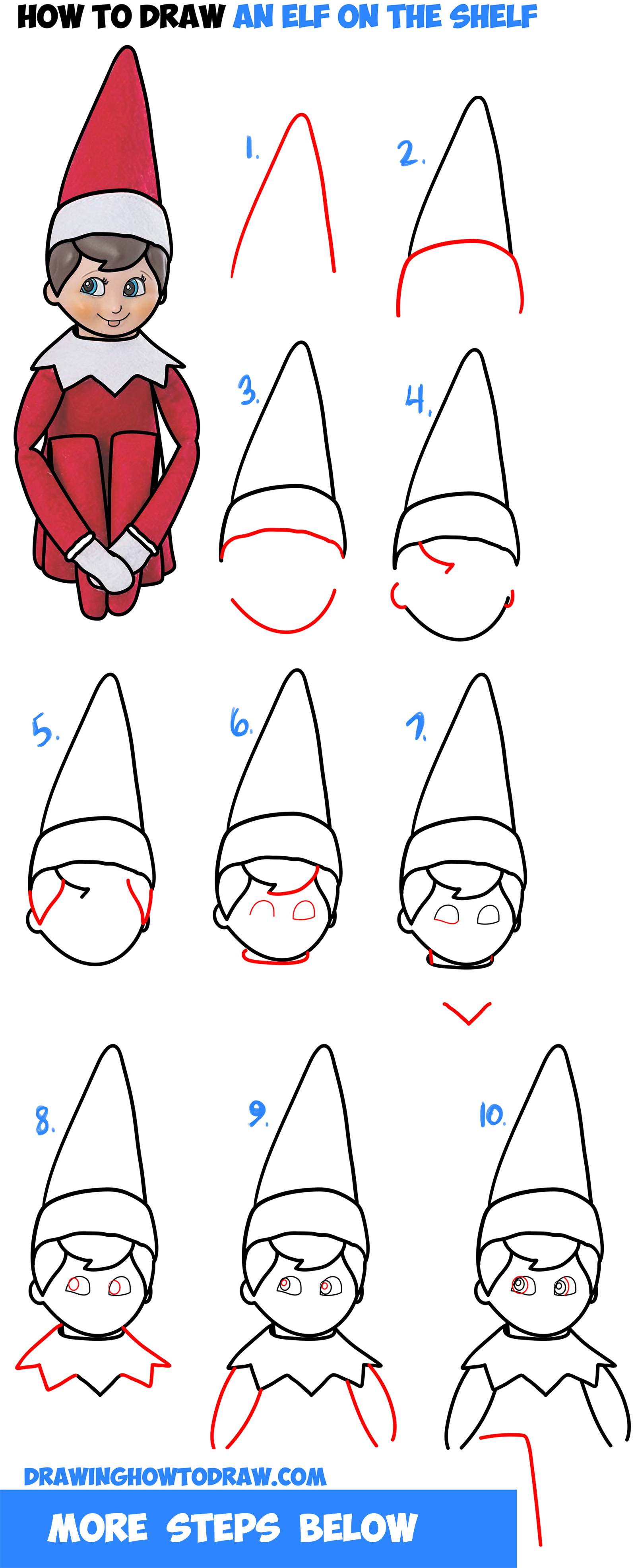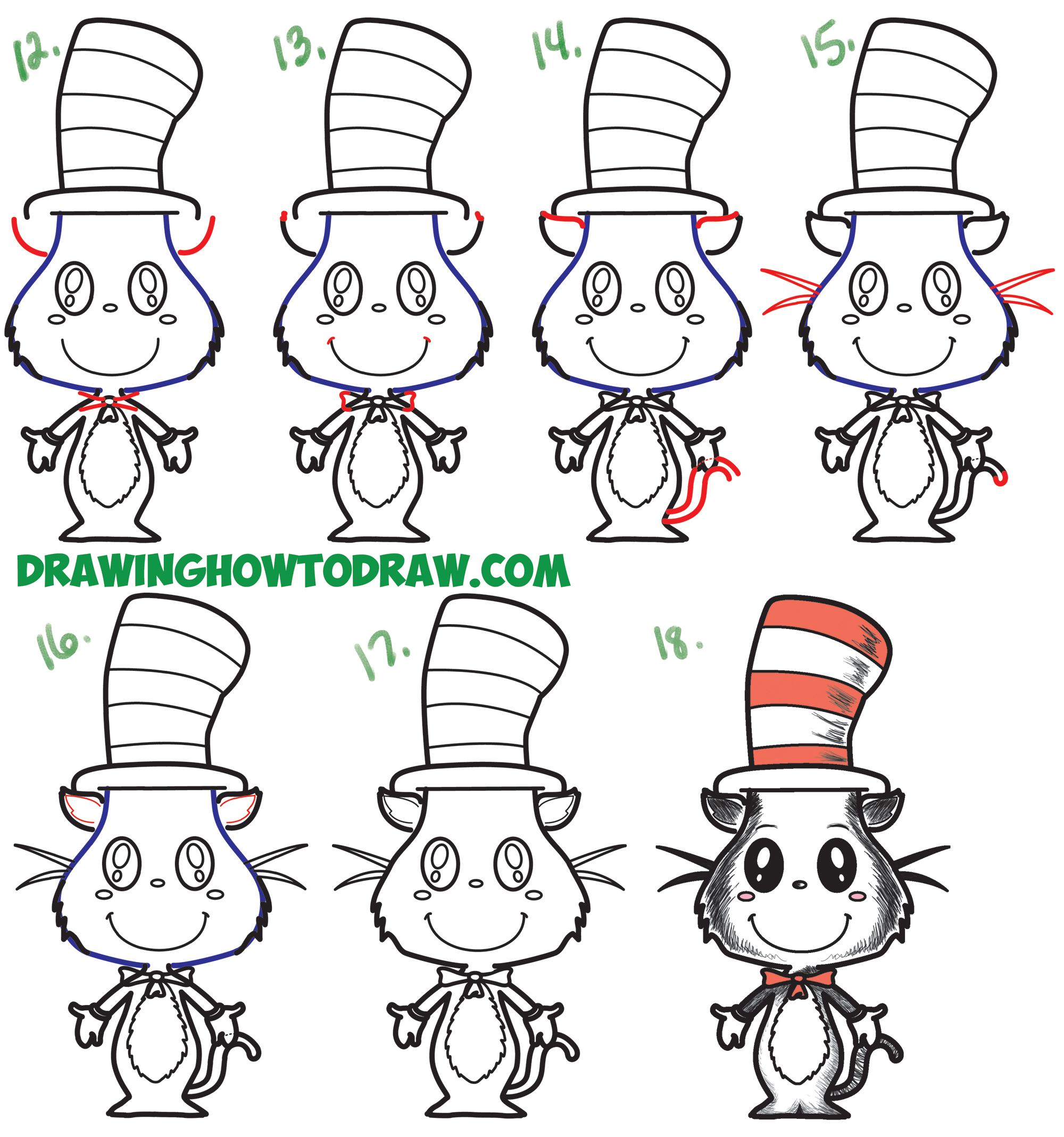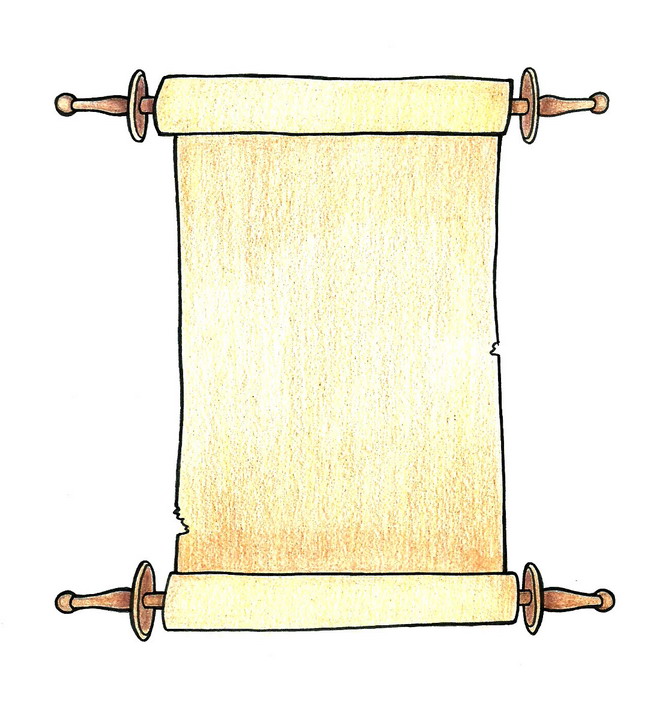Mountain harunmudak
Table of Contents
Table of Contents
Do you ever look at a beautiful scenic view of mountains and think “I wish I could draw that”? Drawing a mountain may seem like a challenging task, but with the right techniques and practice, anyone can learn how to draw a mountain effectively. In this blog post, we will guide you through the process of drawing a mountain and provide tips on how to improve your skills.
Pain Points
Many beginners struggle with drawing mountains due to their complex shapes and textures. It can be challenging to capture the right details and make the mountain look realistic. Another common problem is the perspective; mountains can appear to have different shapes and sizes depending on the angle, making it challenging to replicate the scene accurately.
How to Draw a Mountain
Before starting the drawing, it’s essential to choose the right materials. You would need good quality pencils, paper, erasers, and sharpeners. It would also be helpful to have some reference images on hand to use as inspiration.
Start by sketching the shape of the mountain with light pencil strokes. Once you’re satisfied with the basic shape, you can add details such as the crevices, rocks, and trees. Keep in mind the perspective - draw distant objects smaller and less detailed than closer objects. Build up the details gradually, focusing on the shape and texture of the mountain.
To create texture, use different pencil strokes such as cross-hatching or stippling. Use lighter pencil strokes for distant elements and darker ones for those closer to the viewer. Add shading and highlights to make the mountain look three-dimensional.
Summary
To summarize, drawing a mountain may be intimidating, but with the right techniques and materials, it’s achievable. Focus on building the basic shape and adding details while keeping the perspective in mind. Using different pencil strokes, shading, and highlights will help create texture and depth in your drawing.
How to Draw a Mountain: Tips and Personal Experience
When I first started drawing mountains, I struggled to capture the right shape and texture. It would either end up looking too simplistic or too exaggerated. After some experimentation and practice, I developed my technique.
A useful tip I learned is to draw the base of the mountain first, then work your way up. It’s easier to focus on the shape and perspective of the mountain when you know where it rests on the ground. Also, don’t be afraid to make mistakes - learning from them and practicing will improve your skills.
Using reference images is vital when practicing. Observe how the light falls on the mountain, where the shadows form, and how the rocks and vegetation are dispersed. This will not only improve your drawing but also enhance your appreciation of the beauty of nature.
The Importance of Perspective when Drawing a Mountain
When drawing a mountain, perspective is critical in creating an accurate depiction. You need to consider the viewpoint of the viewer, which will affect the mountain’s shape and size. For example, if you’re drawing from afar, the mountain will appear smaller and less detailed than if you were up close.
Another aspect to keep in mind is atmospheric perspective. This involves replicating the natural phenomenon of objects appearing less distinct and detailed the farther away they are. To achieve this effect, use lighter pencil strokes and less detail in distant elements.
Drawing Different Types of Mountains
There are various types of mountains, each with its unique shape and features. Depending on the type, you may need to adjust your drawing technique. For example, drawing a volcanic mountain would involve adding more details about the lava and rocks, while drawing a mountain with snow-capped peaks would require adding more layers of shading.
Question and Answer
Q: What materials do I need to draw a mountain?
A: You will need good quality pencils, paper, erasers, sharpeners, and some reference images.
Q: How do I draw the texture of a mountain?
A: Use different pencil strokes such as cross-hatching or stippling, and add shading and highlights to create depth.
Q: How can I make my mountain look three-dimensional?
A: Use shading and highlights to create the illusion of depth.
Q: How do I choose the right perspective when drawing a mountain?
A: Consider the viewpoint of the viewer, such as whether they are up close or far away from the mountain, and use atmospheric perspective to replicate the natural phenomenon of objects appearing less distinct with distance.
Conclusion of How to Draw a Mountain
Drawing a mountain may seem challenging, but with practice and the right techniques, you can create beautiful and realistic depictions of nature’s wonders. Focus on the basic shape and texture while keeping perspective in mind to make your drawing accurate and realistic. Don’t be afraid to experiment and use reference images to improve your skills. Happy drawing!
Gallery
How To Draw A Realistic Landscape, Draw Realistic Mountains, Step By
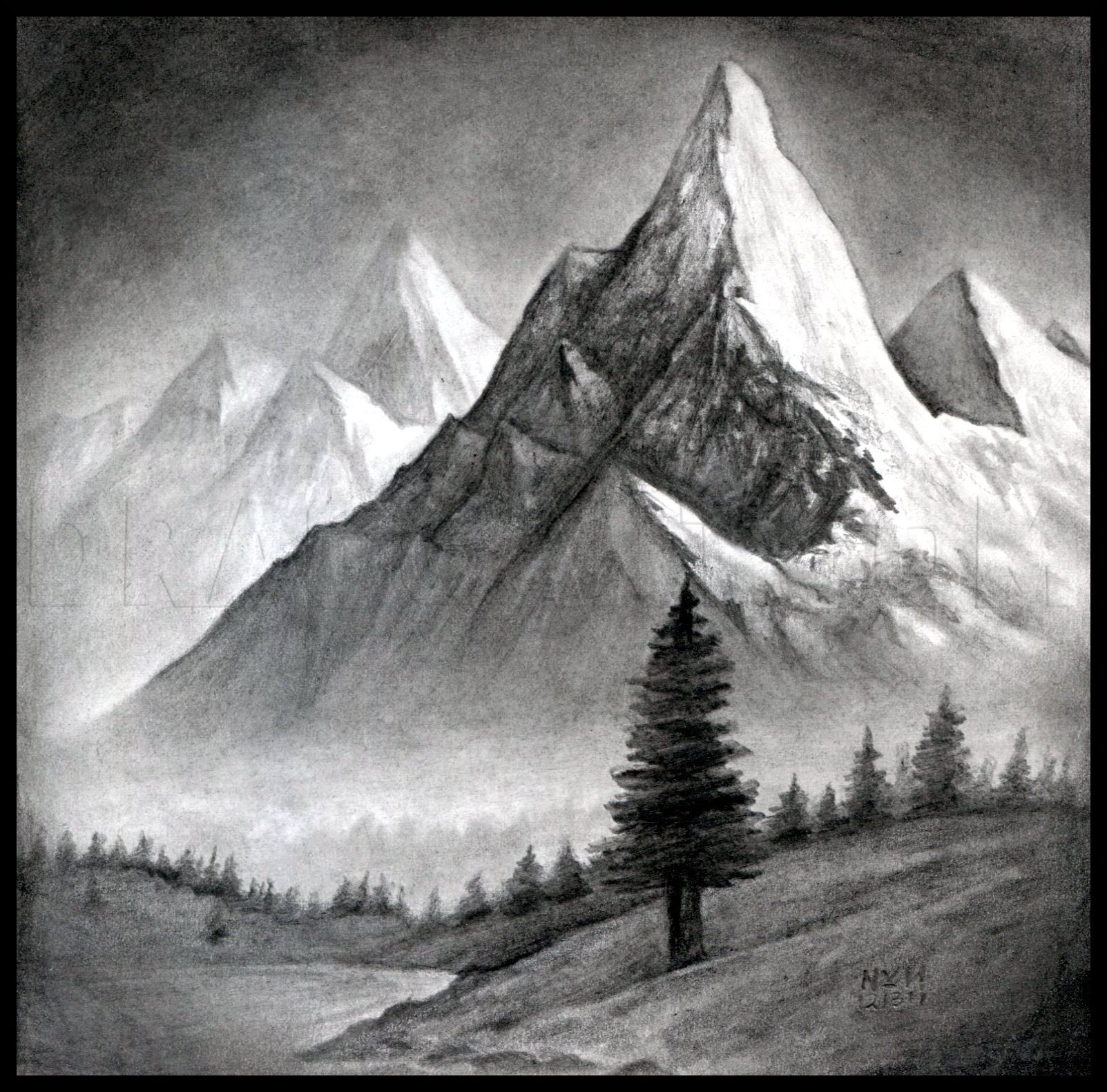
Photo Credit by: bing.com / landscape draw mountains realistic drawing step dragoart artist
How To Draw Mountains | Mountain Sketches - YouTube

Photo Credit by: bing.com / mountain sketches drawing landscape clip mountains draw drawings snowy sketch landscapes nature line painting clipart paintingvalley
Simple Mountain Drawing At GetDrawings | Free Download
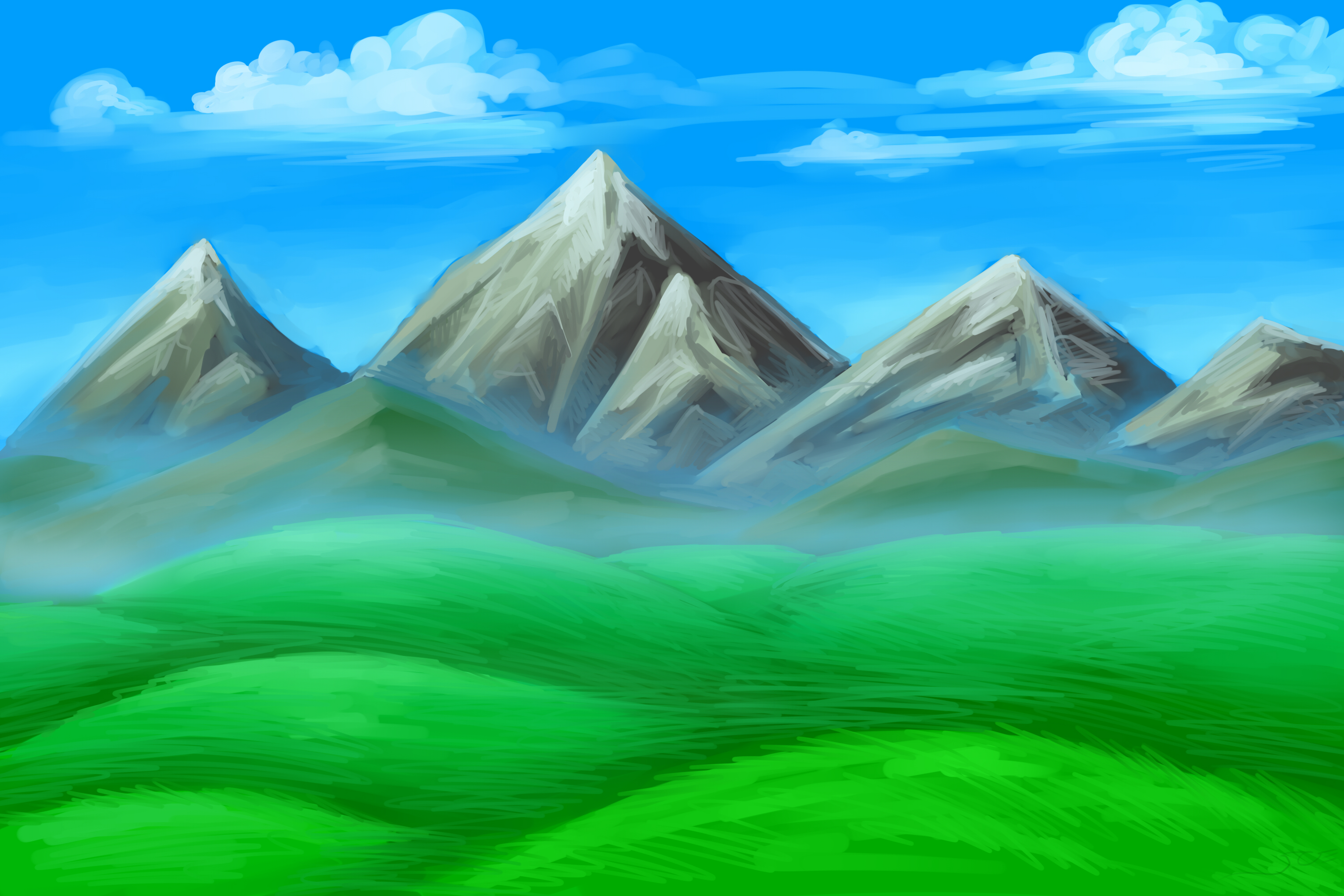
Photo Credit by: bing.com / drawing mountain simple mountains mountians drawings getdrawings landforms line
70+ Easy Mountains Drawing Ideas 2021 - How To Draw Mountains? | HARUNMUDAK

Photo Credit by: bing.com / harunmudak
Mountain Drawing / Most Relevant Best Selling Latest Uploads
Photo Credit by: bing.com / mountain harunmudak
